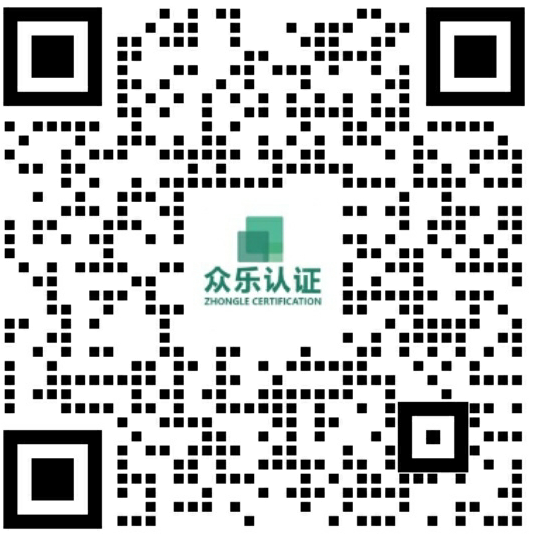With the rapid advancement of Internet of Vehicles (IoV) technology, in-vehicle hands-free communication devices have become essential communication tools for automobiles, driving increasing demands for their performance and quality. The International Telecommunication Union's Telecommunication Standardization Sector (ITU-T), the global authority for telecommunications network standards, has established multiple in-vehicle communication specifications including P.1120 to ensure the performance and quality of these devices.
1. What is ITU-T P.1120
ITU-T P.1120, the International Telecommunication Union (ITU-T) standard for over-the-air and full-band hands-free communication in vehicles, ensures call quality and safety in complex driving environments through rigorous testing. As a crucial certification for car-play products entering global markets, it forms part of ITU-T's vehicle communication standard system alongside P.1100 (narrowband) and P.1110 (wideband), with the unique focus on ultra-wideband and full-band scenarios.

2. The difference between narrowband and broadband
Compared to narrowband and broadband, ultra-wideband testing offers higher call sampling rates. Specifically, it supports up to 32KHz (wired) and 48KHz (wireless) call sampling rates, with a frequency range spanning 50-14000Hz and a full-band coverage of 20-20000Hz. This testing approach evaluates not only audio transmission performance but also multiple aspects including voice quality. Key metrics include: voice latency ≤150ms, background noise suppression ≥20dB, and echo cancellation capability. Implementing these standards helps assess the performance of in-vehicle communication equipment, ensuring stable and reliable service delivery across various scenarios.

3、 test items
The authentication process mainly includes the following:
1. Call quality: Evaluate the audio transmission performance of the device in hands-free mode to ensure that the call is clear without obvious noise or distortion.
2. Voice quality: comprehensively evaluate the subjective listening indicators such as clarity, naturalness and comfort of voice call, and strive to achieve the best voice restoration.
3. Noise suppression: The performance of the test equipment in different types and intensities of background noise environment, and the ability to effectively suppress noise and ensure call intelligibility.
4. Echo elimination: evaluate the device's ability to eliminate acoustic echoes (including line echoes) during a call to prevent echo interference from normal calls.
In addition, it may involve voice clarity and distortion test, call delay test, function integrity test, user experience test, compatibility test, security and performance stability test and other additional items.

If you want to know more about ITU-T testing, please feel free to contact Zhongle Certification. We have a professional team to provide you with detailed consultation and certification services!
Tel: 13417442373(Wechat)
E-mail: finny.zhou@zhongletest.com
Teams:nancy.le@zhongletest.com




